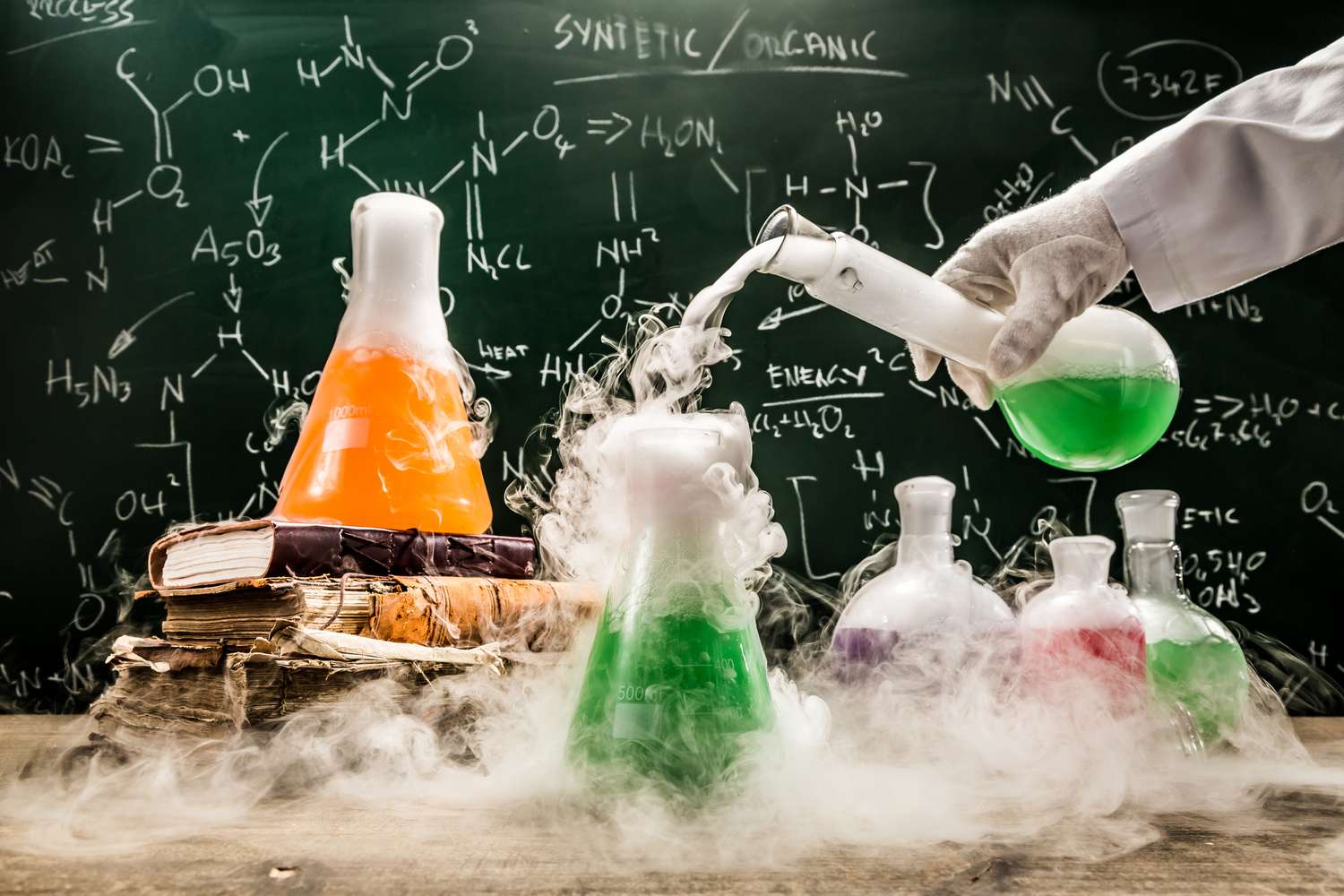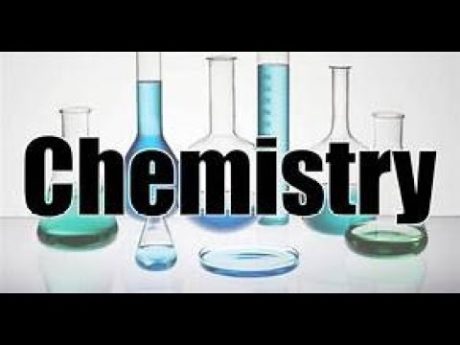2
ALCHEM6: ADVANCED LEVEL CHEMISTRY SENIOR SIX THIS COURSE IS ABOUT ADVANCED LEVEL CHEMISTRY AT IT CONTAINS ALL THE TOPICS YOU …
Course Currilcum
-
-
- ALCHEM6: CHEMICAL ENERGY MADE EASY Details FREE 1 year
- Chemical energy is defined as the energy which is stored in the bonds of chemical compounds (molecules and atoms).
- TYPES OF HEAT REACTIONS 15, 00:00
- ALCHEM6: TYPES OF HEAT REACTIONS MADE EASY Details FREE 1 year
- An ice cube has some heat energy and also a glass of lemonade. If you put the ice in lemonade(warmer), the lemonade will transfer some of its heat energy to ice. Put differently, the ice melts, and the water and lemonade will be of the same temperature.
- TYPES OF HEAT REACTIONS ASSIGNMENT 15, 00:00
- ALCHEM: CALORIMETRY MADE EASY Details 1 year
- Calorimetry is used to measure amounts of heat transferred to or from a substance. To do so, the heat is exchanged with a calibrated object (calorimeter).
- CALORIMETRY ASSIGNMENT 10, 00:00
- ALCHEM6: TYPES OF ENTHALPY CHANGES MADE EASY Details 1 year
- Enthalpy (H) is a measure of the energy within a system. It is the sum of its internal energy and the product of its pressure and volume. Enthalpy has the units J mol-1 or kJ mol-1.
- TYPES OF ENTHALPY CHANGES ASSIGNMENTS 15, 00:00
- ALCHEM6: SYSTEMS, PHASES AND COMPONENTS MADE EASY Details 1 year
- This unit is about Systems, Phases and components
- SYSTEMS, PHASES AND COMPONENTS ASSIGNMENT 15, 00:00
- ALCHEM6: COMPONENT SYSTEM (TYPES OF A COMPONENT SYSTEMS) MADE EASY Details 1 year
- This unit is about Component System
- ALCHEM6: TYPES OF SOLUTIONS MADE EASY Details 1 year
- This unit explains the types of solution
- TYPES OF SOLUTIONS ASSIGNMENT 15, 00:00
- ALCHEM6: TYPES OF SOLUTIONS -COLLIGATIVE PROPERTIES MADE EASY Details 1 year
- This unit is about Colligative properties of solutions are properties
- COLLIGATIVE PROPERTIES ASSIGNMENT 10, 00:00
- CHEM6: FACTORS AFFECTING RATES OF REACTIONS MADE EASY Details Unlimited
- This Unit is about factors affecting reaction rates
- FACTORS AFFECTING RATES OF REACTIONS ASSIGNMENT 15, 00:00


 THIS COURSE IS ABOUT ADVANCED LEVEL CHEMISTRY AT IT CONTAINS ALL THE TOPICS YOU HAVE TO STUDY IN THE UGANDAN CURRICULUM AND OF
THIS COURSE IS ABOUT ADVANCED LEVEL CHEMISTRY AT IT CONTAINS ALL THE TOPICS YOU HAVE TO STUDY IN THE UGANDAN CURRICULUM AND OF